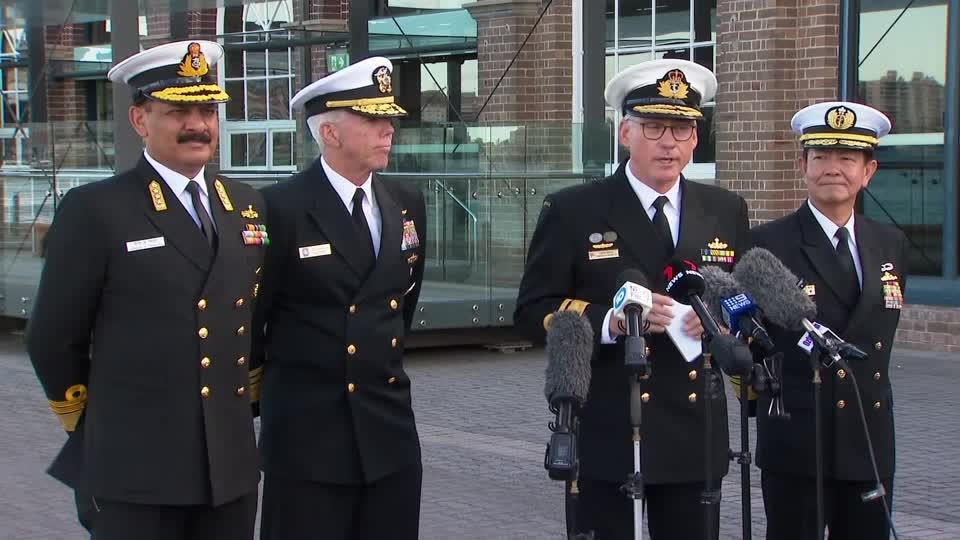India, Japan, the US, and Australia prepare to begin the first Malabar naval exercise off Australia. The exercise will take place between August 11 and 22 and will witness the participation of the Quad navies (India, Australia, Japan, USA) in the mega-international event. The 10-day exercise aims to deepen coordination between the countries amid China’s continuing aggressive moves in the Indo-Pacific.
At a press conference in Sydney, Indian Navy Vice Admiral Dinesh Tripathi said, “When we got together, the U.S. Navy and the Indian Navy, it was really a big step because of our history during the Cold War years, and I think we made a great beginning. From there on until 2007, move to 2007, where our Australian friends joined for the first time in the Bay of Bengal, and that signified something else. That the four nations, four democracies, can work together in the maritime domain, and that sent some signals around the world.”
During the press conference, Vice Admiral Karl Thomas, Commander of the U.S. Navy’s Seventh Fleet, said the deterrence that our four nations provide as we operate together as a Quad is a foundation for all the other nations operating in this region.
Shifting geopolitical dynamics and evolving security challenges
India has been increasingly proactive in bolstering its naval capabilities and forging strategic partnerships to ensure stability and security in the region. One of the key steps in this direction is the Malabar Exercise, a multinational naval drill that underscores India’s commitment to safeguarding the Indo-Pacific while cooperating closely with QUAD nations.
India’s naval modernization efforts have gained momentum in recent years. The Indian Navy has been investing in advanced naval platforms such as aircraft carriers, submarines, destroyers, and frigates. This modernization drive reflects India’s aspiration to play a more active role in maintaining maritime security and freedom of navigation in the Indo-Pacific.














